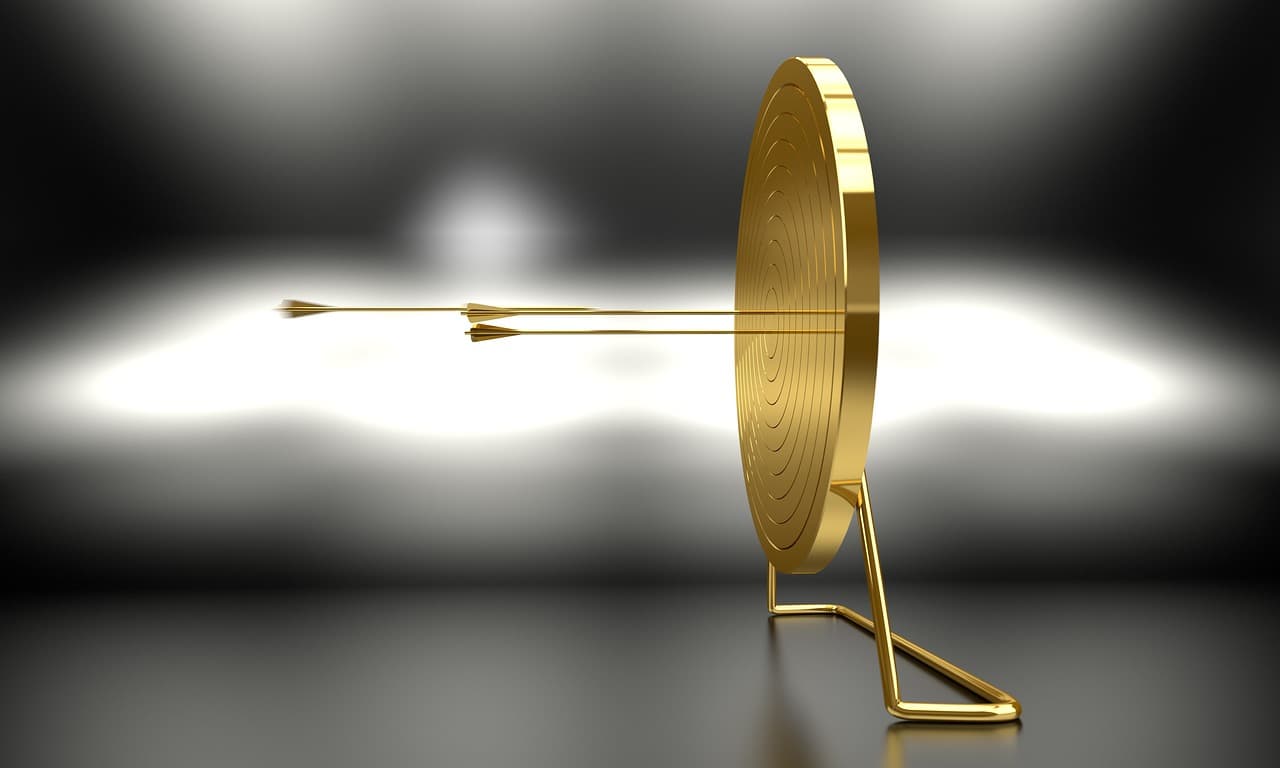© 2021 10 Tips. All rights reserved.

The first thing you should do if your computer is running slow is to check for malware. Malware can be installed on your computer without your knowledge, and it can slow down your system significantly. You should use an up-to-date anti-malware program to scan your system for any malicious programs that may be running in the background. If any are found, remove them immediately to improve your system's performance.
Outdated drivers can cause your computer to run slower than usual. You should check for new driver updates regularly and install them as soon as they are available. This will ensure that your system is running with the latest drivers, which can improve performance and stability.
Many programs will launch automatically when you start your computer, even if you don't need them. These programs can take up a lot of system resources, slowing down your computer. You should disable any unnecessary programs that are running in the background to free up system resources and improve performance.
Your hard drive can become cluttered over time, resulting in a slower system. You should clean up your hard drive by deleting any unnecessary files, such as old downloads, temporary files, and duplicate files. You should also use a disk cleanup utility to remove any system junk files and free up space on your hard drive.
When you delete files from your hard drive, the data is not always removed completely. This can cause your hard drive to become fragmented, which can slow down your system. To improve performance, you should use a disk defragmenter to reorganize the data on your hard drive and make it more efficient.
Your computer's RAM (random access memory) is used to store data that is actively being used by your system. If you don't have enough RAM, your computer may struggle to keep up with your demands. You should consider increasing your RAM if your computer is running slow. This will give your system more memory to work with, improving performance.
Windows has a lot of visual effects that can slow down your system. You should disable any unnecessary visual effects to improve performance. You can do this by going to the Performance Options in the System Properties window and selecting the “Adjust for best performance” option.
If your computer is using a traditional hard drive, you should consider replacing it with a solid-state drive (SSD). SSDs are much faster than traditional hard drives, and they can significantly improve your system's performance. They are more expensive than traditional hard drives, but they are worth the investment if you want a faster system.
Your processor is responsible for running all of the software on your system, so if it's too slow, your computer will run slow as well. If you have an older processor, you should consider upgrading it to a newer model. This will give your system more power, allowing it to run faster and more efficiently.
You should make sure that all of the software you use is optimized for performance. This means making sure that you have the latest updates installed, that you have disabled any unnecessary features, and that you have adjusted the settings to get the best performance possible. This will ensure that your software is running as efficiently as possible, improving your system's performance.

Written By Simone Bellmont
Discover the best strategies and techniques to learn faster and more efficiently.
Learn the techniques and strategies to become a successful athlete in any sport.
Learn the best tips and strategies to increase your chances of winning the lottery!
Learn how to use ChatGPT to its fullest potential to create powerful and engaging chatbot experience...
Learn how to improve your computer's performance if it's running slow by following a few simple step...
Streaming and downloading are two different ways of accessing and viewing digital content. Streaming...
Learn how to capture stunning moments with photography techniques!
Learn how to create strong and lasting relationships by developing trust, understanding, and respect...
Discover how to become more creative when drawing and unlock your artistic potential.
This guide provides helpful tips and strategies to help you prepare for a test and achieve success.